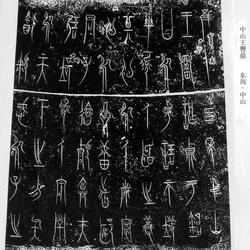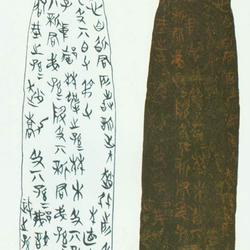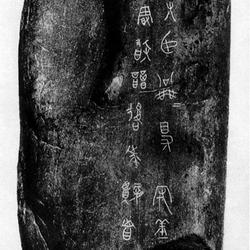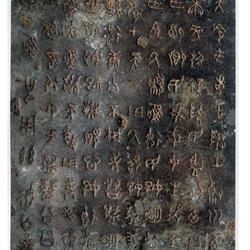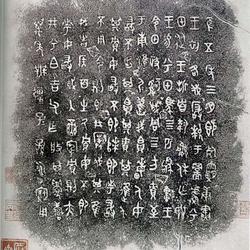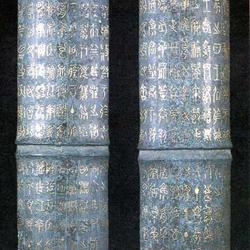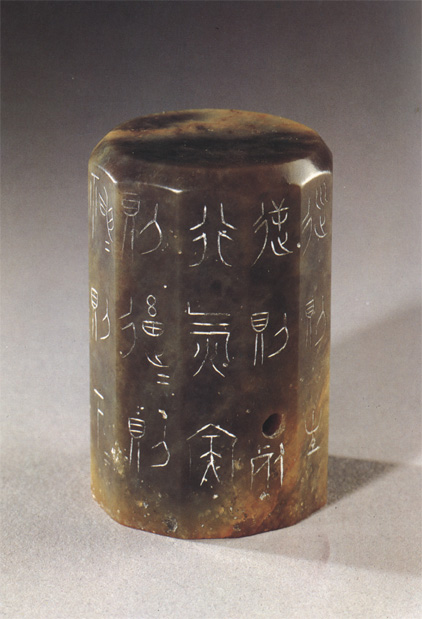
The Jade Pendant Inscription on the Movement of Qi (see picture) is the earliest existing qigong theoretical cultural relic in my country, and is believed to be a work from the late Warring States Period.
During excavations at Mawangdui in Changsha in 1975, it was discovered that the tombs of vassal kings 2,500 years ago had already included the "Jade Pendant Inscription for Promoting Qi" as an important burial object. This instrument is a staff head. Sapphire, with gray and black halo spots. Twelve-sided prism, 5.2 cm high and 3.4 cm wide. It is hollow but not pierced through the top, and is used to put it on a staff. The top is a round plane, with a hole on the lower side connected to the inner belly, and the edges are polished. On each of the twelve sides, there are three Chinese characters carved in inscriptions from top to bottom, with heavy Chinese symbols, a total of forty-five characters, describing the essentials of "moving qi". It is the earliest record of qigong discovered in my country, and also the earliest record of qigong in ancient China. Earlier documentation of medical theory. Now in the Tianjin History Museum.
The original rubbings can be found in Volume 20 of "Three Generations of Jijin Wencun". The full text is: "When moving Qi, if it is deep, it will be stored. If it is stored, it will be extended. When it is extended, it will go down. When it goes down, it will be fixed. When it is fixed, it will be firm. When solid, it will sprout. If it sprouts, it will grow. When it grows, it will retreat. If it retreats, it will be heaven. The sky is above; the earth is above. If you go with it, you will live; if you go against it, you will die." Guo Moruo's "The Age of Slavery" explains the text as: "This is a round of deep breathing. Inhale deeply to make it stretch downward, and stretch downward to make it stretch downward. Calm and solid; then exhale, like the buds of grass and trees, growing upwards, going in the opposite direction to the path when going deep, retreating to the top. In this way, the heavenly principles will move upwards, and the earthly principles will move downwards. If you follow this path, birth will occur. , if you go against this, you will die." Some qigong scholars believe that this inscription mainly explains the practice of Xiaozhou Tiangong and the precautions when performing it. This jade pendant is the earliest extant cultural relic related to Qigong.
Mr. Luo Zhenyu collected it in "Three Dynasties of Ancient Bronze Texts", Volume 20, Page 49. Jade has no name at all, but people in the contemporary Qigong community call it "Jade Inscription for the Movement of Qi", also known as the Jade Inscription and the Inscription of the Movement of Qi. However, the Tianjin Museum disagreed with this name because it was not a jade worn around the waist, but a decoration on the head of the cane, so they named it "Jade Staff Decoration with Xingqi Inscription."

